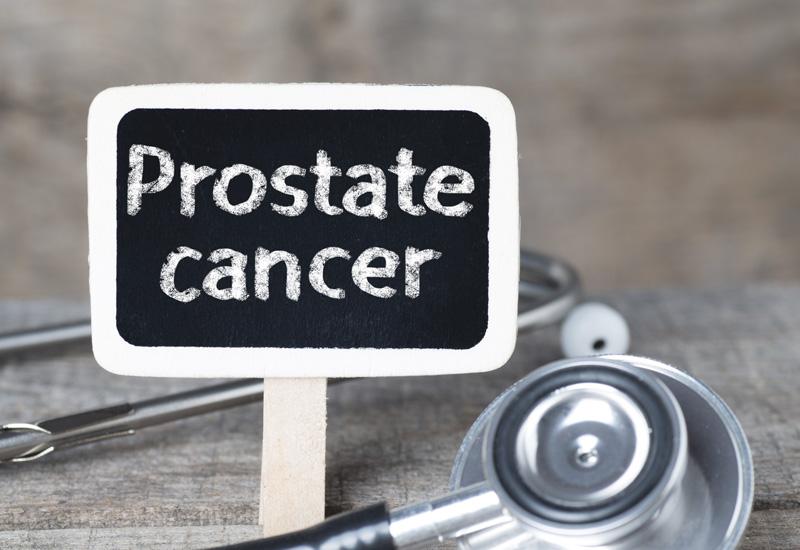
Extragonadal steroids have significant contributions to the activation of the androgen receptor axis pathway at castration levels of testosterone in patients with recurrent nonmetastatic prostate cancer, suggests a study. In addition, these steroids promote the development of castration resistance following primary local treatment.
Mass spectrometry was used to measure serum levels of nine steroids from continuously castrated patients of the PR.7 study (n=219) and from the PCA24 cohort (n=116). For each steroid, the authors made standard curves for dose-dependent prostate-specific antigen promoter activation in castration sensitive (LAPC4) and resistant (CVaP) prostate cancer models.
Standard curves were used to determine the androgen receptor activation potency for each steroid measurement from patients in these trials.
In LAPC4 and VCaP cells testosterone, androgen receptor transcriptional activity was stimulated by dihydrotestosterone and androstenedione, whereas androgen receptor was induced by androsterone, dehydroepiandrosterone, 5alpha-androstan-3beta,17beta-diol and androstenediol only in VCap cells.
Extragonadal steroids contributed 34 percent (LAPC4) and 88 percent (VCaP) of the serum total androgen receptor transcriptional activity in castrated cases.
Multivariate analysis using LAPC4 revealed the association of total androgen receptor transcriptional activity secondary to testosterone, dihydrotestosterone and androstenedione with time to castration in patients from the PR.7 study (hazard ratio [HR], 2.17, 95 percent confidence interval [CI], 1.12–4.23; p=0.02).
In univariate analysis, the only steroid statistically associated with time to castration resistance was androgen receptor transcriptional activity of extragonadal androstenedione (HR, 1.89, 95 percent CI, 1.04–3.44; p=0.036).